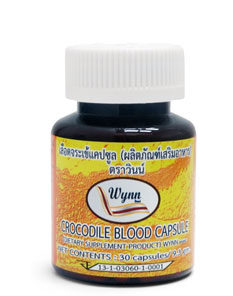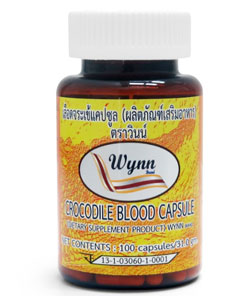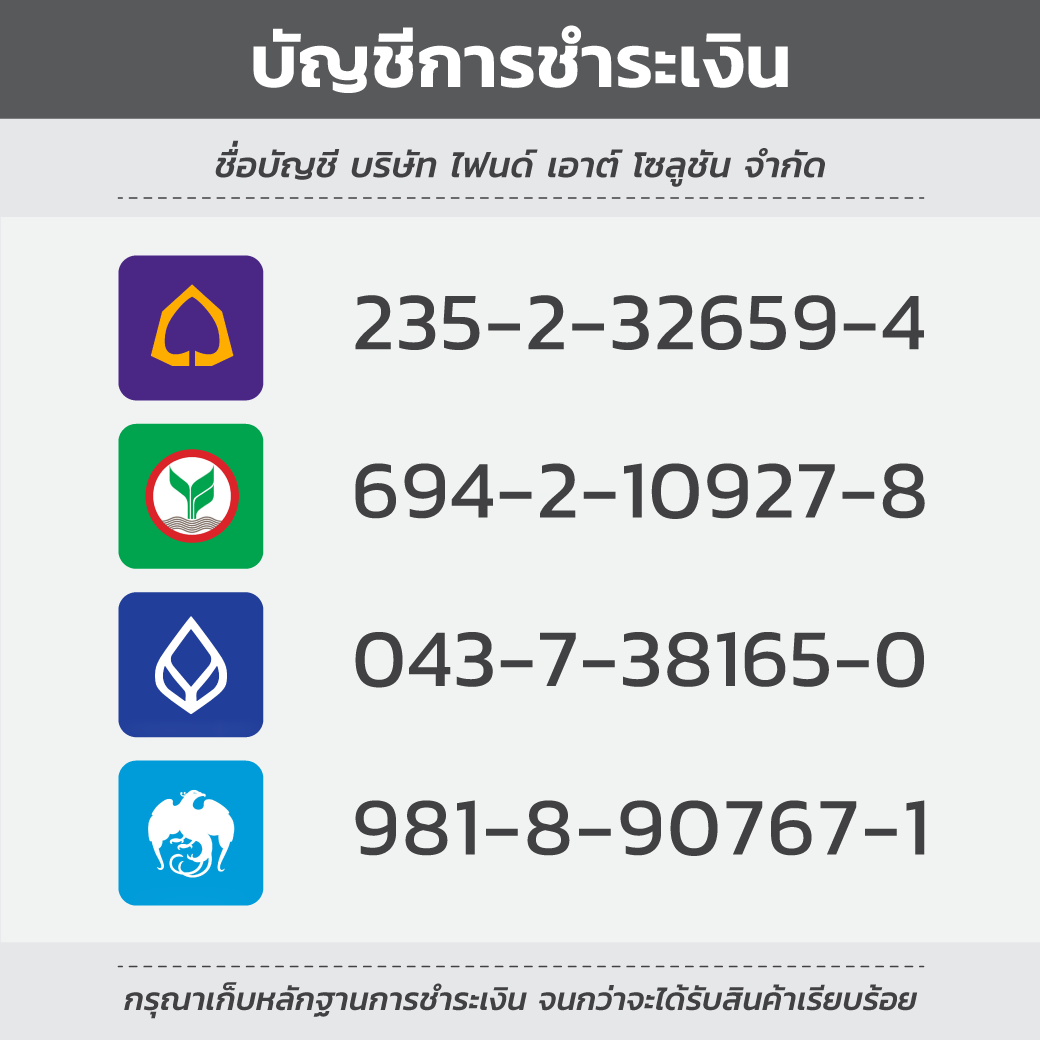ผลของการบริโภคเลือดจระเข้ในหนู
ความปลอดภัยในการบริโภคเลือดจระเข้เพื่อการแพทย์แผนไทย ยังไม่เคยมีรายงานทางวิทยาศาสตร์มาก่อน เพื่อประเมินผลของการบริโภคเลือดต่อค่าทางชีวเคมี จึงได้ทำการทดลองในหนูแรท 5 กลุ่มทั้งสองเพศ ให้หนูบริโภคเลือด (ทั้งเลือดสดและเลือดแห้ง) โดยการกรอกทางปากในระยะเวลา 7 สัปดาห์โดยให้บริโภคเลือดจระเข้ทุกวัน และสัปดาห์ละครั้ง เก็บเลือดหนูก่อนและหลังบริโภคเลือดในสัปดาห์ที่ 0,12,24 ผลการศึกษาค่าทางชีวเคมีในเลือดที่สามารถบอกถึงการทำงานของไตและตับในหนู (ค่า alkaline phosphatase [ALP], aspartate transaminase [AST],alanine transaminase[ALT],น้ำตาลในเลือด[blood glucose],ยูเรียในเลือด [blood urea nitrogen, BUN] และอัลบูมิน[albumin]) ไม่มีความแตกต่างกันในหนูทุกกลุ่มตลอดระยะเวลาของการศึกษาแสดงให้เห็นว่าเลือดจระเข้ไม่มีผลเสียต่อการทำงานของตับและไต ผลทางจุลพยาธิวิทยาของอวัยวะภายในต่างๆ ก็ไม่พบความผิดปกติ ผลการศึกษาแสดงให้เห็นถึงความปลอดภัยในการบริโภคเลือดจระเข้เป็นอาหารเสริม อย่างไรก็ตามควรมีการศึกษาถึงผลเรื้อรังที่อาจเกิดขึ้นในระยะยาว
เลือดจระเข้ปลอดภัยในการรับประทานเนื่องจากผ่านการทดลองแล้ว และยังเป็นสารที่ได้โดยตรงจากธรรมชาติ ไม่ได้ใช้สารสกัดอย่างอื่น ไม่ได้มีการเติมสารใดใด ไม่มีการปรุงแต่ง ผู้บริโภคมั่นใจได้ในเรื่องความปลอดภัย รวมไปถึงขั้นตอนทุกขั้นตอนก็ปราศจากการปนเปื้อนใดๆ
กรรมวิธีการผลิตเลือดจระเข้แห้งบรรจุแคปซูล
1.เริ่มต้นด้วยการคัดเลือกจระเข้ที่มีสุขภาพดี แข็งแรง จากฟาร์ม
2.เก็บเลือดจระเข้ด้วยเครื่องมือที่ผ่านการฆ่าเชื้อ ก่อนจะนำไปพาสเจอไรท์ (Pasturization) ที่อุณหภูมิ 60C เป็นเวลา 30 นาที
3.นำเลือดจระเข้มาระเหิดแห้งโดยใช้กรรมวิธี Freeze-dry or lyophilizer เพื่อคงสารอาหาร
4.บรรจเลือดจระเข้แห้งลงแคปซูล และเก็บในขวดสีชาเพื่อป้องกันแสงและความร้อน
ทุกขั้นตอน สะอาด ปลอดภัย ได้มาตรฐาน เลือดจระเข้แคปซูลวินน์ Wynnจึงได้รับการรับรองจากสำนักงานคณะกรรมการอาหารและยา (อย.)
ใบอนุญาตเลขที่ 10-1-04752-1-0001 ประเภทผลิตภัณฑ์เสริมอาหาร
ABSTRACT
The safety for consuming crocodile blood as traditional medicine has not been
scientifically reported. To evaluate the effect of crocodile blood consumption on
biochemical values, both sexes of Wistar rats were devided in 5 groups. The crocodile
blood, either in fresh or in freeze dry form, was orally administered for 7 weeks. The
rat sera were collected before having the blood and 12 weeks after feeding. The
biochemical values including alkaline phosphatase (ALP), aspartate transaminase
(AST), alanine transaminase (ALT), blood glucose, blood urea nitrogen (BUN) and
albumin were not significantly different among experimental groups throughout the
study time. These results indicated no adverse effects of crocodile blood on liver and
kidney functions. However, chronic effects of crocodile blood should be taken into
account prior to long-term usage.
INTRODUCTION
Siamese crocodiles, Crocodylus siamensis, are one of economic animals of
Thailand. They were reared for several purposes including meat marketing,
slaughtering, tanning, and making genuine crocodile leather products. People in Asian
countries such as in China, Taiwan, Hong Kong, and Korea traditionally believed that
crocodile meat is nourishing food. Crocodile blood and organs can served as medicines
for curing illness such as allergy and asthma, and may also prolong their life. There are
several reports showed that the crocodile blood has ability to inhibit bacterial growth in
vitro1,2,3,4. To ensure safety in crocodile blood consumption, this experiment was
performed to observe biochemical changes in serum of Wistar rats.
MATERIALS AND METHODS
Laboratory animals: The Animal Ethics Committee of Kasetsart University, Thailand
approved the use of laboratory animals in this study. Wistar rats, twenty-five of each
sex, were purchased from The National Laboratory Animal Center, Mahidol
University, Salaya, Thailand. They aged 6-8 weeks with weight ranging from 240 to 320
g for male and 180 to 225 g for female. They were housed in animal facility at the
Department of Zoology, Kasetsart University. The animals were allowed to have free
access to food and clean water under standard conditions of 12:12 h dark-light period,
with 30-70 % relative humidity and at temperature of 25-29 oC. The rats were divided
into 5 groups per sex. Group 1 (water control) received treated water (C). Group 2
received 300 μl of fresh crocodile blood/day (Bd). Group 3 received 300 μl of fresh
crocodile blood/week (Bw). Group 4 received 50 mg of freeze dry crocodile blood/day
(FBd). Group 5 received 50 mg of freeze dry crocodile blood/week (FBw). Rats were
observed for the sign of abnormalities throughout the study and their body weights
were weekly measured.
Biochemical study: The blood was sampled twice, prior to the experiment and 12-week
after housing. The blood was taken by drawing from the tail vein and kept in dry
centrifuge tubes. The biochemical values of serum, alkaline phosphatase (ALP),
aspartate transaminase (AST), alanine transaminase (ALT), blood glucose, blood urea
nitrogen (BUN) and albumin were measured by using an automatic biochemistry
analyzer (Hitachi model 219).
Statistical Analysis: The data were analyzed by one-way ANOVA. The significant
differences between the experimental groups, at p<0.05, were compared by Duncan
multiple range test. Each value represents mean+SD.
RESULTS, DISCUSSION & CONCLUSION
Biochemical parameters of treated rats, ALP, AST, ALT, BUN, glucose and
albumin, were not significantly different from the control. However, the blood ALT
and ALP of the females, receiving fresh blood crocodile 300 μl /day, had a tendency to
be lower than those in the control group. These results indicated that crocodile blood
had no detrimental effect on the liver and kidney function in all treatments.
Treated rats exhibited no alteration of liver and kidney after 12-week of daily
feeding either by fresh or by freeze dry crocodile blood. Similar results were observed
in rats that were fed weekly either by fresh or by freeze dry crocodile blood. However,
chronic effects of crocodile blood should be considered prior to recommending for longterm
consumption.
ACKNOWLEDGEMENTS
The authors would like to thank the Public-Private Technology Development and
Transfer Center, Kasetsart University for the financial support.
REFERENCES
1. Chaeychomsri, W., J. Siruntawineti, B. Vajarasathira, M. Tuntirungkij, S.
Chaeychomsri, Y. Temsiripong, and R. Sappapan. 2003. Bactericidal Efficiency of
the Thai Freshwater Crocodile Serum. J. Med. Tech. & Phys. Therapy, 15 supp 1:
S120.
2. Siruntawineti, J., W. Chaeychomsri, B. Vajarasathira, M. Tuntirungkij, and Y.
Temsiripong. 2003. Complement Activity of Thai Freshwater Crocodile
(Crocodylus siamensis) serum. In: Proceeding of the 29th Congress on Science and
Technology of Thailand. 20-22 October, 2003. Khon Kaen, Thailand.
3. Siruntawineti J., W. Chaeychomsri, B. Vajarasathira, T. Ong-aat, and Y.
Temsiripong. 2004. Efficacy of Siamese Crocodile (Crocodylus siamensis) Serum
on Bacterial Growth Inhibition. In: Proceeding of the 17th Working Meeting of the
Crocodile Specialist Group. 24-29 May 2004. Darwin, Australia.
4. Merchant M.E., C. Roche, R.M. Elsey, and J. Prudhomme 2003 . Antibacterial
properties of serum from the American alligator (Alligator mississippiensis) .Comp.
Bioch. and Phys. 136:505-513.
5. Matsuda, H., A. Tanaka, and A. Itakura. 2000. Immunology and hematology. In:
The Laboratory Rat, G.J. Krinke (ed). Academic Press: California. pp. 437-446.
6. Gad S.C. 1992. The rat: pathology. In: Animal Model in Toxicology, Gad SC,
Chengellis, CP. (Eds). Marcel Deker, New york.
ข้อมูลอ้างอิง: http://www.scisoc.or.th และ http://guru.google.co.th
ผลที่ได้ขึ้นอยู่กับสภาพร่างกายของแต่ละบุคคล และ การดำเนินชีวิตในประจำวันที่ถูกต้อง


 Posted in
Posted in  Tags:
Tags: 





